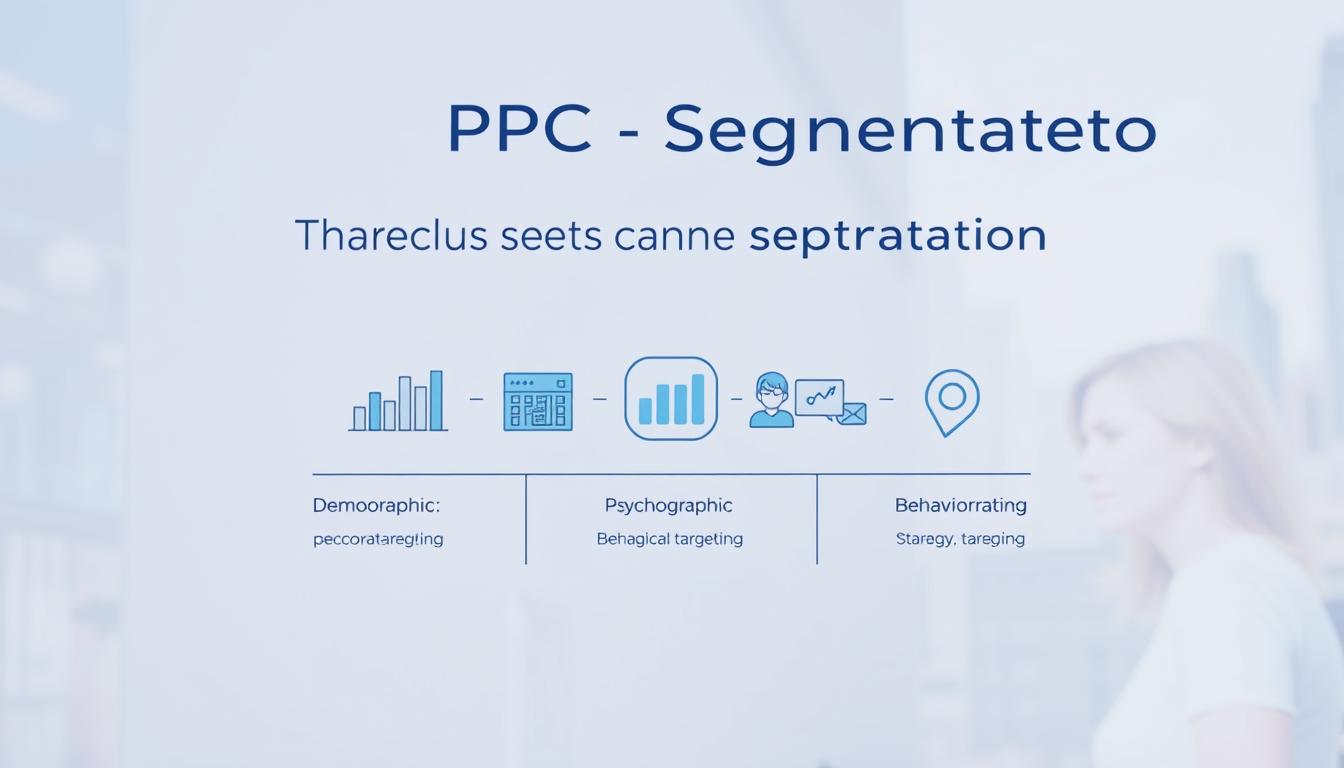|
|
A well-structured PPC (pay-per-click) account is essential for optimizing ad performance, budget allocation, and audience targeting. However, many advertisers fail to segment their PPC accounts strategically, leading to inefficient ad delivery, high cost-per-click (CPC), and wasted ad spend. Without a well-defined segmentation strategy, campaigns become disorganized, difficult to optimize, and ineffective in driving conversions.
PPC account segmentation is the process of structuring campaigns in a way that aligns with audience intent, business goals, and market trends. When done correctly, segmentation improves Quality Score, increases click-through rates (CTR), and enhances return on investment (ROI). By dividing PPC accounts into targeted segments based on audience behavior, keyword intent, geographic relevance, and device preferences, businesses can refine their advertising strategy for maximum efficiency.
With insights from WiFi Digital, a leader in PPC strategy and campaign optimization, this guide explores expert PPC segmentation techniques. From keyword-based segmentation and audience targeting to geographic bidding adjustments and cross-channel segmentation, businesses will learn how to build high-performing PPC campaigns that deliver higher engagement and increased revenue.
The Importance of PPC Account Segmentation for Optimization
Segmentation plays a crucial role in enhancing PPC efficiency by ensuring that ad campaigns are structured for better targeting, improved bid management, and higher relevance. Without segmentation, PPC accounts become difficult to manage, making it challenging to identify which keywords, ad groups, and audience segments drive the most value.
One of the main advantages of PPC account segmentation is that it improves Google Ads and Meta Ads Quality Score, a key factor in ad placement and CPC reduction. When campaigns are well-segmented, ads become more relevant to search queries, leading to higher CTR and lower cost-per-acquisition (CPA).
Segmentation also enhances budget control and bid strategy effectiveness. By structuring campaigns based on high-performing keywords, audience behavior, and geographic performance, advertisers can allocate higher budgets to the best-converting segments while reducing spend on low-impact campaigns. This ensures that ad budgets are used efficiently, maximizing ROI.
A well-segmented PPC account provides deeper insights into campaign performance, allowing businesses to analyze which audience segments respond best to specific ad creatives, landing pages, and offers. This enables real-time adjustments and optimization, ensuring that campaigns remain highly competitive and cost-effective.
By implementing strategic PPC segmentation, businesses can enhance targeting precision, increase ad relevance, and drive higher conversion rates, making PPC advertising more profitable and scalable.
Keyword-Based Segmentation for Higher Relevance and Quality Score
One of the most effective ways to structure a PPC account is through keyword-based segmentation, ensuring that ad groups are highly relevant to search intent. A common mistake advertisers make is grouping too many unrelated keywords into a single ad group, which results in low-quality scores and poor ad performance.
A well-segmented keyword structure allows businesses to create ads that directly match search queries, improving CTR and reducing CPC. Instead of using broad match keyword groupings, businesses should segment keywords based on match type, intent, and specificity.
For example, a business selling running shoes should avoid broad ad groups with mixed keyword intents like:
- Running shoes for men
- Best trail running shoes
- Buy marathon sneakers
Instead, keyword segmentation should follow a structured approach, creating separate ad groups for specific search intents:
- Ad Group 1: Trail Running Shoes – Keywords related to off-road and rugged running
- Ad Group 2: Marathon Running Shoes – Keywords targeting long-distance runners
- Ad Group 3: Men’s Running Shoes – Keywords focused on gender-specific searches
This structure ensures that each ad creative and landing page is highly relevant to the user’s search intent, increasing conversion rates and Quality Score.
Keyword segmentation also enables advertisers to adjust bid strategies based on intent strength. High-intent keywords such as “buy lightweight running shoes online” should receive higher bids, whereas research-based queries like “best running shoes for beginners” may require a different approach, such as remarketing strategies.
By implementing keyword-based segmentation, businesses can maximize ad relevance, improve campaign efficiency, and lower CPC, leading to higher profitability in PPC campaigns.
Audience Segmentation for Personalized Ad Targeting
Modern PPC advertising is no longer just about keyword targeting—audience segmentation has become a key factor in driving engagement and increasing conversion rates. Audience-based segmentation allows advertisers to serve personalized ads that match user intent, behavioral patterns, and past interactions.
One of the most effective audience segmentation techniques is custom audience targeting, where businesses categorize users based on demographics, purchase history, and browsing behavior. Platforms like Google Ads, Facebook Ads, and LinkedIn Ads allow advertisers to create custom audiences from website visitors, email lists, and CRM data.
Remarketing segmentation plays a crucial role in re-engaging high-intent users. Instead of serving generic remarketing ads to all visitors, businesses should segment their remarketing lists based on engagement level. For example:
- Cart Abandoners – Users who added products to their cart but did not complete the purchase.
- Product Viewers – Users who browsed product pages but did not take action.
- Returning Customers – Past buyers who may be interested in upsells or repeat purchases.
By tailoring ad messaging and offers to each audience segment, businesses can increase conversion rates and customer lifetime value (CLV).
Lookalike audience targeting is another effective segmentation technique, allowing advertisers to expand reach while maintaining high relevance. By analyzing high-value customer profiles, businesses can create lookalike audiences that mirror their best-performing customers, increasing the likelihood of conversions from new leads.
By integrating audience segmentation into PPC strategy, businesses can create highly personalized ad experiences, improving engagement rates and lowering CPA.
Geographic and Device Segmentation for Localized PPC Campaigns
Geographic segmentation is essential for businesses that target specific locations, regions, or international markets. Instead of using the same ad messaging and bid strategy across all locations, businesses should segment PPC campaigns based on geographic performance.
For example, an e-commerce brand that ships nationwide may find that certain states or cities generate higher conversion rates than others. By segmenting PPC campaigns geographically, businesses can:
- Increase bids for high-converting locations
- Exclude low-performing regions to reduce wasted ad spend
- Customize ad copy and offers for regional preferences
Localized ad segmentation is also valuable for multi-location businesses, allowing advertisers to create city-specific campaigns with localized landing pages. For example, a fitness franchise can tailor PPC ads for each location:
- “Best Gym in New York – Join Now!”
- “Affordable Personal Training in Los Angeles”
Device segmentation is another key factor in PPC performance optimization. Users behave differently on mobile vs. desktop, and adjusting bids based on device performance ensures that budgets are allocated effectively. Businesses that notice higher conversion rates on mobile devices should increase mobile bid adjustments, while desktop-focused campaigns may require a different strategy.
By leveraging geo-targeting and device-based segmentation, businesses can improve campaign efficiency, enhance user engagement, and maximize conversion rates.
A well-segmented PPC account is crucial for optimizing ad performance, improving targeting precision, and maximizing budget efficiency. By implementing keyword-based segmentation, audience targeting, geographic bidding, and device-specific optimizations, businesses can create highly relevant, conversion-driven PPC campaigns.
With WiFi Digital’s expertise in PPC segmentation strategies, businesses can refine their advertising approach, eliminate inefficiencies, and drive sustainable growth. Now is the time to optimize PPC segmentation, leverage AI-driven bidding, and maximize ROI through strategic campaign structuring.
Cross-Channel Segmentation for Multi-Platform PPC Optimization
While Google Ads and Meta Ads are often the core of PPC campaigns, many businesses fail to leverage cross-channel segmentation to maximize reach and conversions. Consumers interact with brands across multiple touchpoints, including social media, search engines, video platforms, and display networks. Without proper segmentation across these channels, businesses risk serving redundant ads, wasting budget on non-engaged users, and failing to personalize ad experiences.
Cross-channel PPC segmentation starts with understanding how different platforms contribute to the customer journey. For instance, while Google Search Ads may be more effective for high-intent users actively searching for solutions, Facebook and Instagram Ads are ideal for demand generation and engagement. YouTube Ads can boost brand awareness, while LinkedIn Ads are highly effective for B2B lead generation.
To maximize cross-channel performance, businesses should segment their PPC accounts based on:
- Platform-Specific Intent: Users on Google Ads often have high intent, while social media users need more nurturing before converting. Segmenting campaigns based on user intent ensures that budget is spent wisely across channels.
- Creative Adaptation: Ads on Facebook, Instagram, and LinkedIn require engaging visuals and storytelling, while Google Search Ads must be optimized for keyword relevance. By segmenting ad creatives based on platform behavior, businesses can increase engagement and click-through rates (CTR).
- Audience Overlap Prevention: Many businesses run the risk of overspending on the same audiences across platforms. Segmenting audience lists ensures that users who have already converted via Google Ads are excluded from Facebook retargeting campaigns, preventing unnecessary ad spend.
- Channel-Specific Retargeting: Businesses can leverage Google Display Network (GDN) and YouTube retargeting to re-engage users who previously interacted with Facebook or Instagram Ads, ensuring a multi-touchpoint approach that reinforces brand messaging.
By implementing cross-channel segmentation, businesses can create highly optimized PPC campaigns that deliver the right message, on the right platform, at the right time, ultimately improving conversion rates and advertising efficiency.
Time-Based Segmentation for Seasonal and Behavioral Optimization
Another often-overlooked PPC segmentation strategy is time-based segmentation, where campaigns are optimized based on seasonal demand, daily performance trends, and behavioral insights. Many industries experience fluctuations in user behavior and purchasing intent based on time-sensitive events, promotions, and market conditions.
Seasonal PPC segmentation is particularly important for businesses that see spikes during:
- Holiday shopping periods (Black Friday, Cyber Monday, Christmas, etc.)
- Back-to-school campaigns for education or retail brands
- Summer or winter-specific promotions for travel and fashion industries
- Tax season for financial services
By segmenting campaigns for seasonal periods, businesses can adjust bids, budget allocation, and ad creatives to capitalize on high-intent users. For example, an e-commerce retailer may segment their PPC account into:
- Pre-Holiday Campaigns (October – Early November): Focused on brand awareness and product discovery
- Black Friday & Cyber Monday (Late November): Aggressive bidding for high-converting users
- Post-Holiday Sales (January): Retargeting campaigns to clear remaining inventory
Time-of-day segmentation further enhances PPC efficiency by adjusting bids based on peak engagement hours. For example, if Google Analytics and ad platform insights show that conversions are highest between 6 PM – 10 PM, businesses can increase bids during these hours while reducing spend during low-performing periods.
By using time-based segmentation, businesses can improve budget efficiency, increase ad relevance, and drive higher conversions during peak periods while reducing waste during low-activity times.
Negative Keyword and Exclusion-Based Segmentation for Cost Efficiency
An essential yet often neglected aspect of PPC account segmentation is the strategic use of negative keywords and exclusions to refine targeting and budget allocation. Many advertisers spend unnecessary budget on irrelevant searches, leading to low-quality traffic and wasted ad spend. By segmenting campaigns using negative keywords and exclusion filters, businesses can ensure that ads are only served to high-intent users.
Negative keyword segmentation ensures that search campaigns avoid irrelevant traffic. For example, a luxury watch brand should exclude terms like “cheap watches” or “free shipping watches” to prevent ads from showing to budget-conscious users. Similarly, service-based businesses can use negative keywords to filter out job seekers, ensuring that only potential customers see their ads.
Exclusion-based segmentation is also essential in remarketing campaigns. Businesses should create exclusion lists to prevent:
- Existing customers from seeing lead generation ads (reducing wasted spend on users who have already converted).
- Cart abandoners from receiving generic awareness ads, ensuring they see personalized remarketing offers instead.
- Low-intent audiences from re-engagement campaigns, ensuring that budget is allocated to high-converting users.
By incorporating negative keyword and exclusion-based segmentation, businesses can refine PPC targeting, reduce unnecessary spending, and improve overall ad performance.
AI-Powered Bidding and Automation for Dynamic Segmentation
AI-driven automation has transformed PPC account segmentation, allowing businesses to adjust bid strategies, audience targeting, and campaign budgets dynamically based on real-time performance signals. Instead of manually segmenting campaigns, AI-powered bidding strategies automatically adjust segmentation based on user intent, device type, conversion probability, and market competition.
Automated bidding strategies such as Target CPA (Cost-Per-Acquisition), Target ROAS (Return on Ad Spend), and Maximize Conversions analyze historical data and user behavior to determine optimal bid adjustments for each segment. By leveraging AI-driven automation, businesses can:
- Dynamically adjust bids based on user behavior and purchase likelihood.
- Identify high-performing audience segments automatically.
- Optimize budget allocation in real-time, reducing wasted spend.
AI-powered predictive segmentation takes this a step further by analyzing user engagement patterns and conversion likelihood, allowing businesses to segment users based on real-time buying signals rather than just historical data.
By integrating AI-powered automation and machine learning models into PPC account segmentation, businesses can ensure greater efficiency, better budget allocation, and improved ROI while reducing manual optimization efforts.
A well-segmented PPC account is the foundation of a highly efficient, cost-effective advertising strategy. By implementing keyword-based segmentation, audience targeting, geographic bidding, cross-channel segmentation, and AI-powered automation, businesses can maximize PPC campaign performance while ensuring lower CPCs, higher conversion rates, and better overall ad efficiency.
With WiFi Digital’s expertise in PPC segmentation and campaign optimization, businesses can refine their advertising structure, eliminate inefficiencies, and scale paid search success. Now is the time to implement strategic PPC segmentation, leverage AI-powered insights, and maximize ROI through advanced targeting techniques. 🚀
WiFi Digital: Connecting Businesses to the Digital Future
In today’s fast-paced world, where a strong digital presence is essential for business growth, WiFi Digital emerges as a strategic partner for small and medium-sized businesses (SMBs). Founded in 2023 and based in London, Ontario, the company has a clear mission: to provide affordable, high-quality solutions that help businesses thrive online. With an experienced and passionate team, WiFi Digital goes beyond simply creating websites and marketing strategies. Its purpose is to empower entrepreneurs, strengthen brands, and give clients more free time to focus on what truly matters – growing their business and improving their quality of life.
WiFi Digital develops websites that authentically and professionally represent your brand, optimizes systems and digital marketing strategies to enhance visibility and return on investment (ROI), and offers affordable, customized solutions, ensuring that businesses of all sizes have access to effective growth tools. With transparency, partnership, and innovation, the company provides each client with the necessary support to achieve real results.
Business digitalization is not just about numbers or metrics. It directly impacts entrepreneurs’ well-being, bringing more organization, efficiency, and freedom to focus on what truly matters. WiFi Digital understands that by investing in digital solutions, businesses gain time, reduce operational stress, and create opportunities to connect better with their customers. A well-structured online presence not only increases sales but also strengthens the public’s trust in the brand.
Beyond technical expertise, WiFi Digital’s key differentiator is its commitment to people. The company values genuine relationships, creates tailored strategies, and works side by side with clients to ensure that every solution meets their specific needs. If you’re looking to boost your brand, attract more customers, and still have more time to focus on what truly matters, now is the time to act!
💡 Transform your digital presence with experts who understand your needs.
📩 Contact us now: contact@wifidigital.ca
🌍 Learn more: www.wifidigital.ca
🚀 Your growth starts here!




